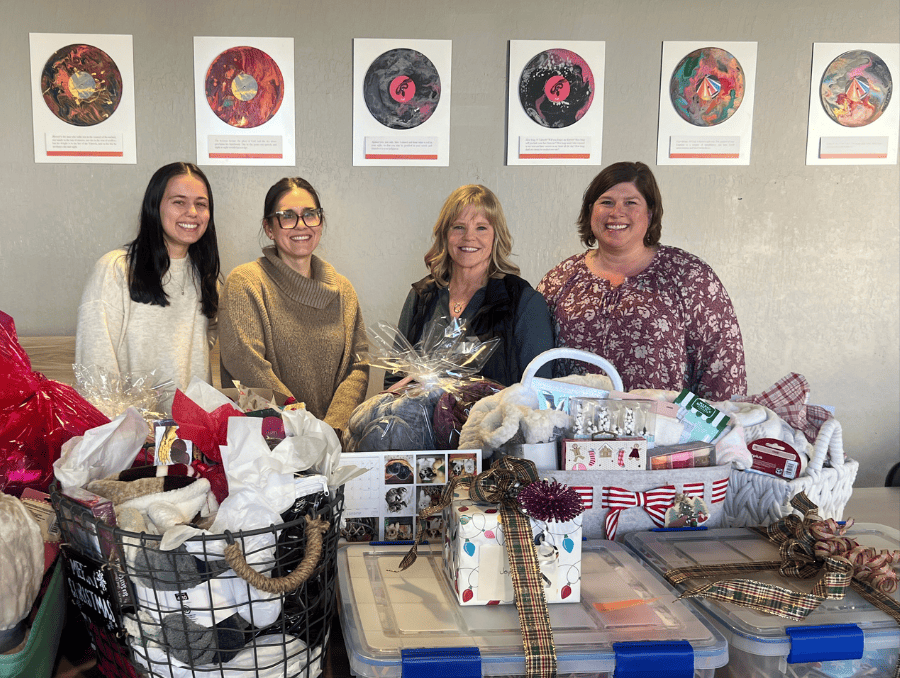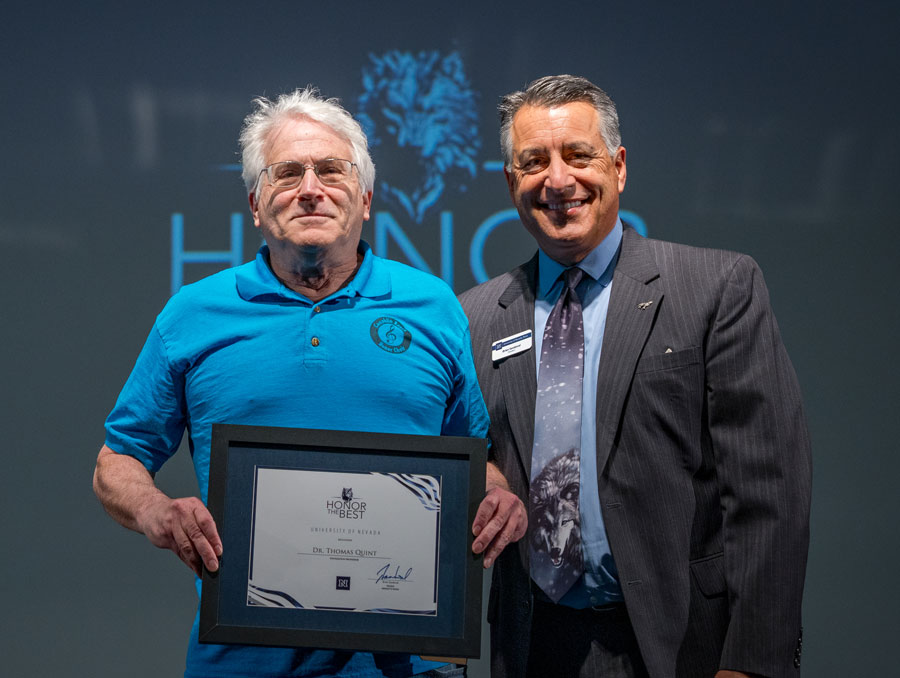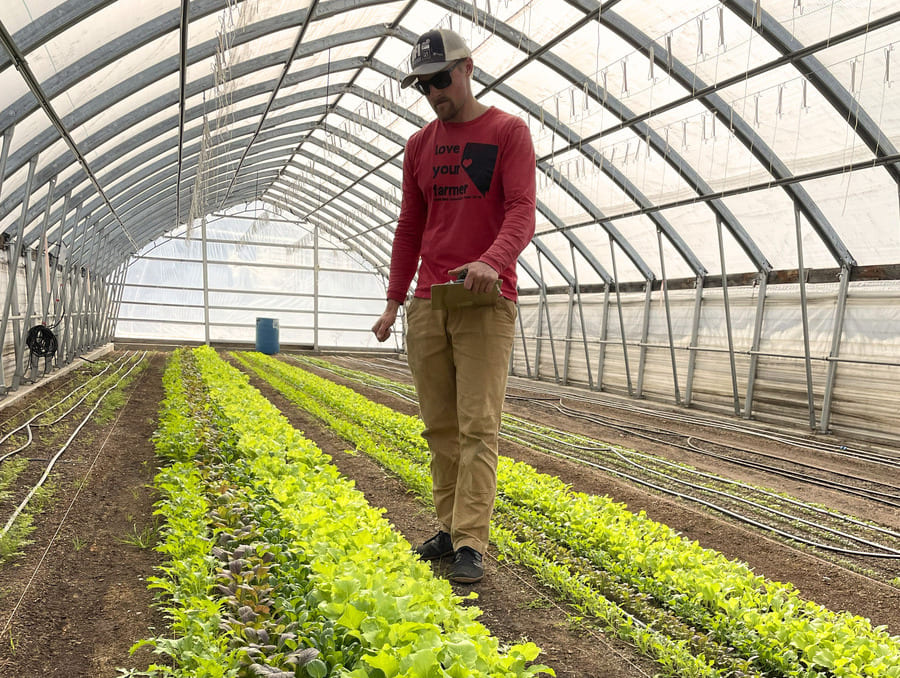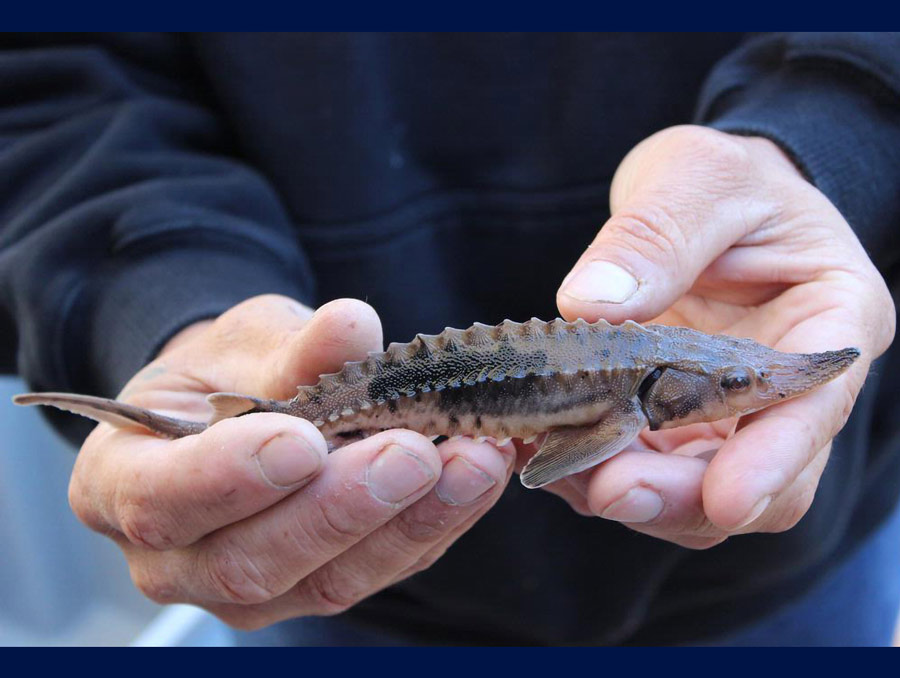Caroline Cobine, Ph.D., an associate professor in the Department of Physiology and Cell Biology within the University of Nevada, Reno School of Medicine (UNR Med), is dedicated to understanding the intricate processes of how the lower esophageal sphincter (LES), a muscle found where the esophagus meets the stomach, functions to prevent acid reflux. Her passion for science, sparked by personal experiences and nurtured by inspiring mentors, drives her groundbreaking research.
What is the major focus of your research?
“The current focus of the research in my lab is understanding how the food that we eat travels down to our stomach through the esophagus. Particularly, we look at a muscle that is found at the base of the esophagus called the lower esophageal sphincter or LES. This muscle will relax to allow food to pass from the esophagus into the stomach. So specifically, we look at the different cells and nerves that are present within this tissue and understand how these regulate the muscle function.”
What major challenge do you hope to address with your research?
“There are a number of different esophageal disorders that are prevalent within the population. One such disease is Gastroesophageal Reflux Disease or GERD, and this occurs in about 20 to 25% of the western population. This is associated with difficulty of the LES in maintaining contraction so, therefore, acid from the stomach travels back up into the esophagus. There are some treatments out there that can be used to tackle this disorder such as acid reducers; however, in some cases this is insufficient. When acid gets into the esophagus, it can irritate the lining of the esophagus and cause things like inflammation or esophagitis as well as lead to things like a precancerous condition known as Barrett’s esophagus. So, by understanding how the LES works under normal conditions, we can then determine what occurs during disease and therefore come up with some new potential targets to treat this disorder.”
Who are and were the greatest influences on your decision to pursue research?
“My interest in studying the human body arose at a young age when my father passed away from a heart attack. I was privileged to have some really good science teachers all throughout school who just fostered my interest in science, and then when I got to university, I had the opportunity to participate in the International Undergraduate Research Program here at the University of Nevada, Reno. That experience allowed me to work in the lab of an awesome female mentor, Dr. Kathy Keef, and it influenced me so much so that I actually came back here and pursued my Ph.D. in the Cellular and Molecular Pharmacology and Physiology program.”
What do you do for fun?
“I like to spend a lot of time with my family. My husband and I have two little boys so we like to get out and visit all the different parks that Reno has to offer and see also some of the museums in the area. In particular we like to visit the Discovery Museum and the Auto Museum. My husband and I also like to travel and to try out new restaurants in the area. And when I'm not doing that, I like to watch some food programs and experiment in the kitchen.”















